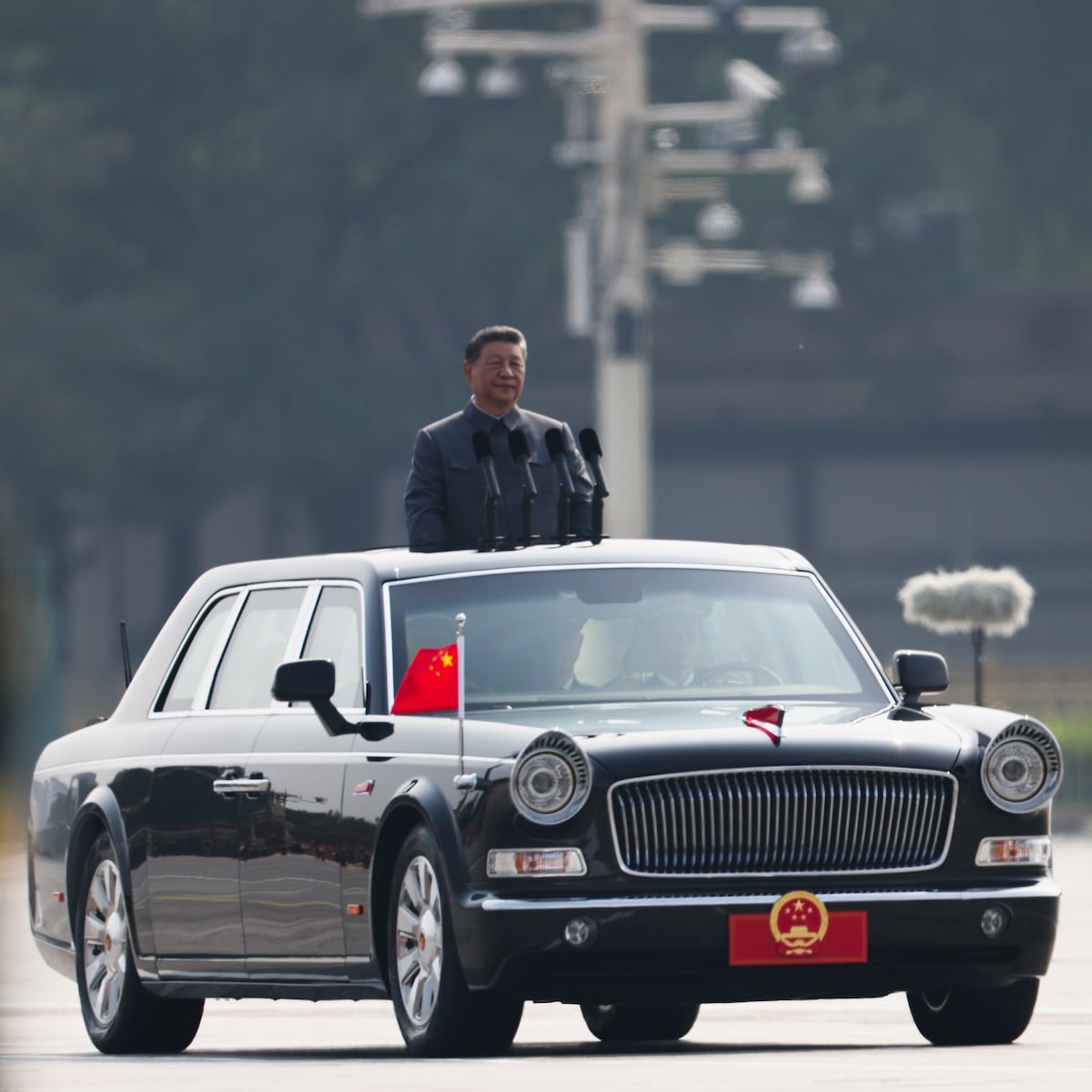
"Above all, the message conveyed by the trade truce signed in Busan, South Korea, was a recognition of the new global geoeconomic reality: China has leveraged its worldwide dominance (90% of the market) in the production and refining of rare earths essential for manufacturing cars, LED screens, and military equipment to force Washington, for the first time, to roll back some of its controls on next-generation semiconductor exports."
"Geopolitics has been reshaping the world since 2016, to the point that the economy can no longer be understood without it, leaving for now a landscape we might call fractured. During his first term, Trump deepened the rift between the United States and China through an aggressive and at the time unprecedented trade war. Just before the coronavirus pandemic erupted in 2020, the U.S. had imposed tariffs on two-thirds of the products it imported from China."
On October 30 markets reacted positively to a trade truce between U.S. President Donald Trump and Chinese leader Xi Jinping that curtailed a tariff escalation. The truce was light on substance but provided several months of relative trade stability. China leveraged its near-monopoly in rare earths (90% of the market) to compel Washington to roll back some controls on next-generation semiconductor exports. Many observers describe the shift as an end to American impunity. Geopolitical rivalry has reframed global economic relations since 2016, with tariffs, strategic alliances, and renewed U.S.–China friction shaping a fractured landscape.
Read at english.elpais.com
Unable to calculate read time
Collection
[
|
...
]